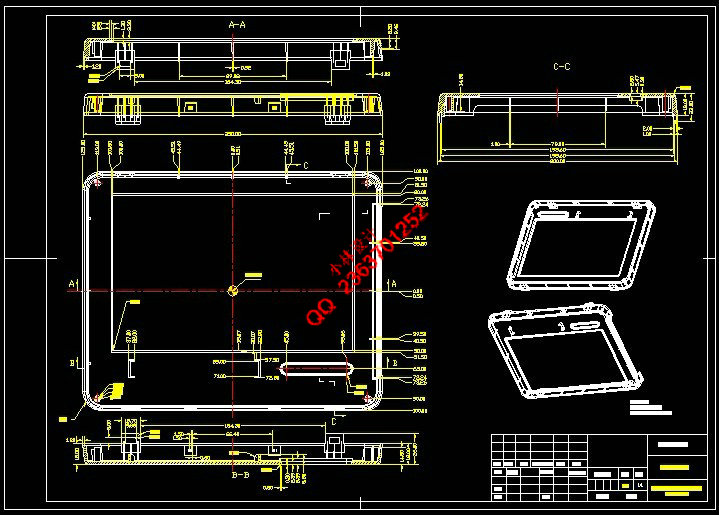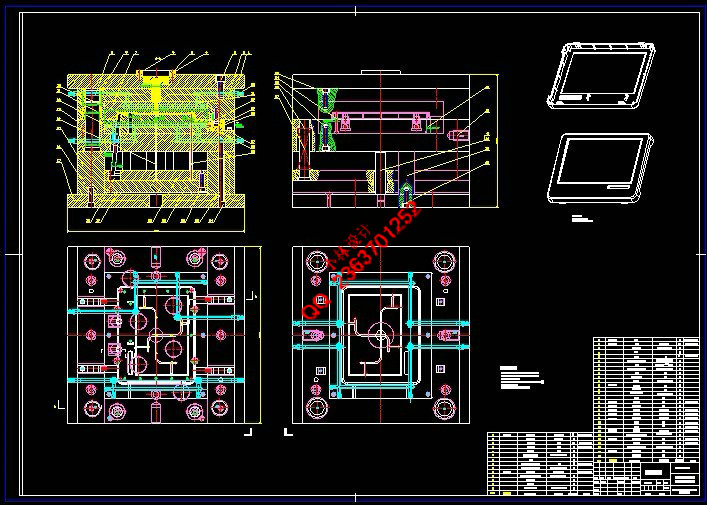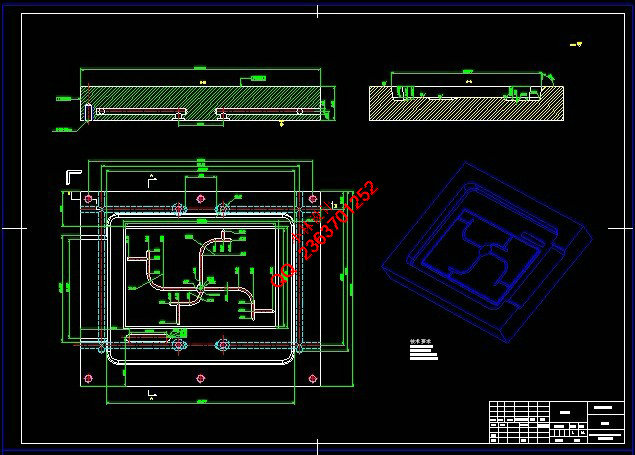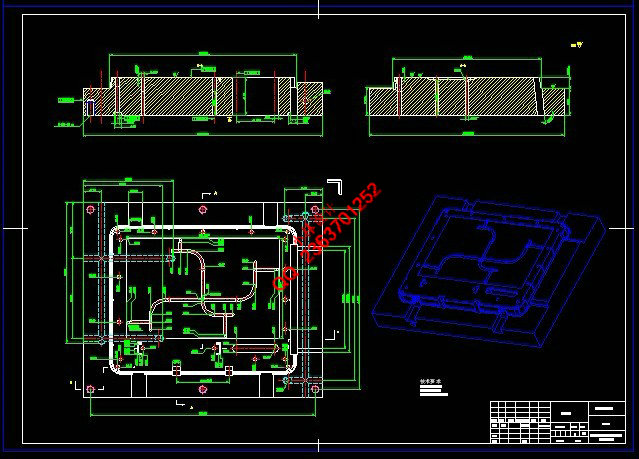 |
 |
|


|
设计名称 |
小型电视机外壳注塑工艺分析及模具设计 |
 |
|
设计编号 |
W327 | |
|
设计软件 |
AutoCAD, Word | |
|
包含内容 |
见右侧图片 | |
|
说明字数 |
27000字 | |
|
图纸数量 |
见右侧图片 | |
|
推荐指数 |
较高 | |
|
价格: |
价格优惠中 | |
|
整理日期 |
2014.2.12 | |
|
整理人 |
小林 | |
|
购买流程 |
<查看如何购买本站设计> |
|
设计简介 |
文档包括:
说明书一份,共40页,约27000字 CAD版本图纸,共15张 小型电视机外壳注塑工艺分析及模具设计 摘 要:小型电视机外壳的材料为ABS,本毕业设计主要设计了该外壳的注射成型模具。本模具主要采用一 模一腔和四导柱的模具结构,镶块型芯的形式。但是不足之处在于侧向抽芯部分是在定模与动模之间各一 半,这样给模具型腔和型芯的加工带来不便之处,在成型侧面的槽时采用小镶块的形式定位在动模上,很 容易使模具产生溢料的现象。本模具主要由模仁滑块镶件、斜销、模板、模滑块座等组成。具有高质量、
高性能、高精度、高效率、自动化和低成本的优点,适用于成批大量生产。
The Analysis of the Injection Process and Design of shell injection molding. This mould mainly adopts a mold a cavity and four guide pin die structure, and set pieces cores of form. But there is room for lateral core-pulling partly in fixed mode and dynamic model between each half, so give mold cavity and cores of processing bring inconvenience; When the slot in molding side by small set piece in the form of dynamic model, positioning mold makes it easy to produce the phenomenon of overflow. This mould mainly by the mould kernel slider set piece, oblique pin, template, mould the slider seat etc. With high quality, high performance, high precision, high efficiency and automation and
low cost advantages, suitable for mass production batches。
目 录 |
|
部分图纸 截图 |
    |
|
说明: |
如需了解本设计的具体详细信息请联系本站客服,说明看哪个设计(编号)哪个详细部分,我们将远程或截图给您观看. 机械毕业设计|论文 |

| [要求PR≥2,百度收录≥1000页;联系QQ:178308054] |
Powered by 小林机械资料商城 © 2013-2020 All Rights Reserved. 客服QQ:178308054
喜欢www.xiaolinbysj.com,请告诉你QQ上的5位好友,多谢您的支持!